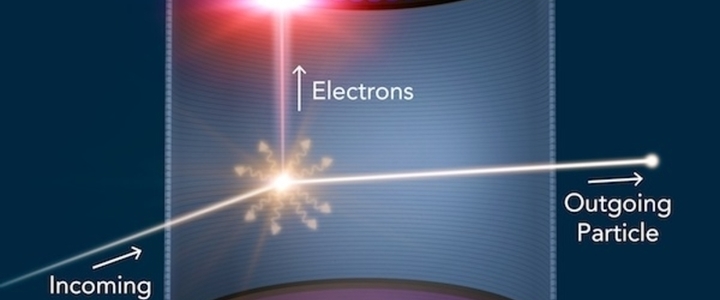
Director of the Laboratory of Instrumentation and Experimental Particle Physics
Department of Physics, University of Coimbra
Portuga
ABSTRACT
The identification of dark matter is presently one of the greatest challenges in science, fundamental to our understanding of the Universe. Weakly Interacting Massive Particles (WIMPs) that arise naturally in several models of physics beyond the Standard Model are compelling candidates for dark matter.
The Large Underground Xenon (LUX) detector was a dual-phase xenon Time Projection Chamber with an active mass of 250 kg searching for Weakly Interacting Massive Particle (WIMP) dark matter via direct detection. It operated at the Stanford Underground Research Facility (SURF) in Lead, South Dakota from 2012 to 2016. LUX has published three world leading limits on the spin independent cross section for the WIMP-nucleon scattering. Since the Fall of 2016, when the detector was dismantled, efforts have been focused on additional analyses with the science and calibration data sets.
LUX-ZEPLIN (LZ) is the successor of LUX, featuring a 7-tonne active liquid xenon target (from a total of 10 tons of xenon) that will run in the same installations as LUX. Its current projected sensitivity is 2.3x10-48 cm2 for a WIMP mass of 40 GeV/c2 and 5.6 tons fiducial mass with 1000 live-days of data taking, covering a substantial range of theoretically motivated dark matter candidates.
In this talk, after giving a brief overview of the dark matter problem, we will present the last results of LUX, emphasizing the advances in the detector calibration and data analysis, followed by an overview of the LZ detector design, planned program, current project status and timeline.


